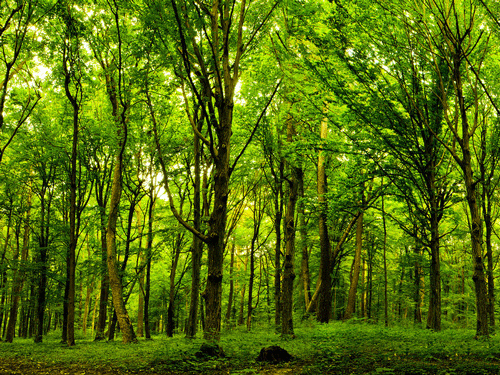
Not just Bengaluru city, even the outskirts have lost seen tree cover over the years. Gundu Thopes (tree groves), the mini-reserve forest patches on city’s peripheries have disappeared paving way for urbanisation and “essential facilities”.
Researchers from Azim Premji University say Gundu Thopes kept temperatures cool and helped recharge ground water and met needs of people. A study titled ‘Commons that Provide: The Importance of Bengaluru’s Wooded Groves for Urban Resilience’ by Harini Nagendra and others points out that groves have been swallowed for infrastructure and providing essential services like panchayat offices, schools, residential and commercial spaces. For instance Toddatugubbi in Mahadevpura had five groves, three of them are now school and low income houses. The fourth is degraded and now only one mango tree remains. At Hoodi in Whitefield, the two groves have become low income housing colonies and industry by Karnataka Industrial Areas Development Board.
There are many such instances around the city’s outskirts along Mysuru Road, Hosur Road, Electronics City, Kanakapura, Anekal, Devanahalli and Magadi Road. Massive development can be seen in the city outskirts where development is rampant. Most have been lost to the IT sector, residential and commercial spaces.
The only place where the thopes can be seen is at Nellur tamarind groove near Devanahalli. This is because of forest department’s efforts, research states.
There are no definite sizes of thopes. They vary from one acre to five hectares. Gundu thopes are village forests. These are mostly huge fruit bearing trees like mango, jamun, tamarind and even neem with a sacred ficus tree in the centre.
Intense efforts were made in 1980s when the government had taken efforts to create them in every village, but in the 2000s they were destroyed.